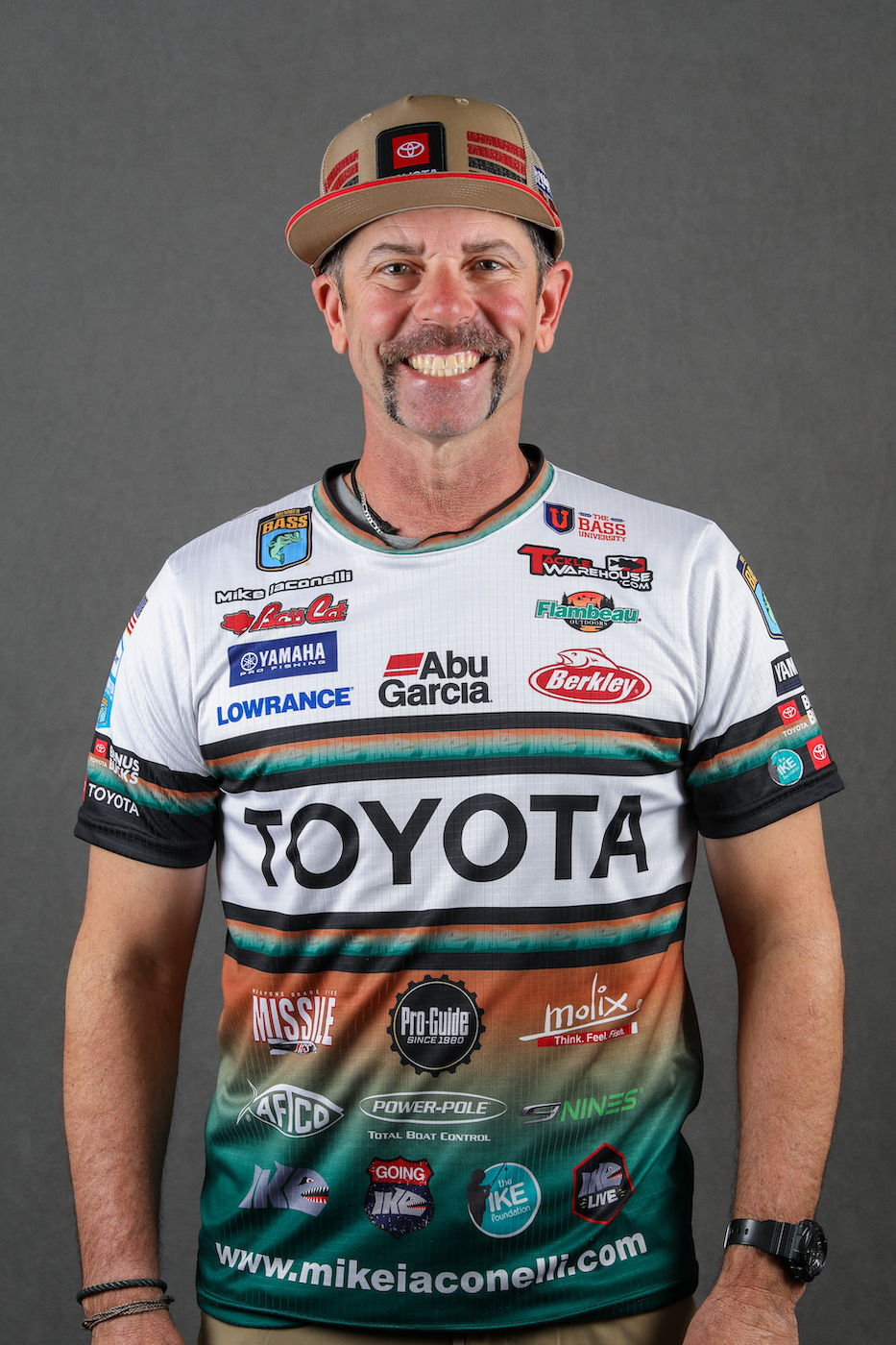
Before we get into the bluegill thing I want to take the opportunity to congratulate KVD on his win. It was something to watch. Going wire-to-wire is no easy thing. He deserves a ton of credit for his performance last week and throughout his career. He can fish, and anybody who thinks he’s slowing down had better think again.
Now, let’s talk about the postspawn bluegill bite.
The thing is that when the bass start leaving their beds the bluegills start spawning. Lots of times, especially if the water’s high, that keeps the bass shallow. They tend to hang around where the bluegills are and chow down on them for a while before they head on out. They can rest and eat without traveling. If you’re a bass, or anything else I suppose, that’s a good thing.
The first thing we need to do to take advantage of this is find the bluegill beds. Mostly they’re in protected, shallow hard bottom areas. That’s usually way back in coves or backwater areas, or sometimes it’ll be around docks or on the inside edges of points. The beds are easy to spot. They’re smaller than bass beds, but look similar. And, they’re in colonies. You won’t ever see one all by itself.
Once we find the beds all that’s left to do is fish around them — shallow, deep and in between.
This is the way it was for a lot of us on Toledo Bend last week. We targeted the bluegill bite and did fairly well when all was said and done. The trick was to throw the right bait. That meant picking the right color and size.
Color is a funny thing with bluegills. They aren’t all the same and some of the commercially available colors that are called bluegill don’t look anything like the real thing. I prefer to look at the local bluegills and then pick a color that looks like them regardless of what the manufacturer calls it.
Size is just as important as color. Bluegills aren’t all that small as forage goes. Some of them are surprisingly big and bulky. Don’t lose your perspective just because they aren’t as big as bass.
In my case the right bait was a Berkley Havoc Devil Spear in green pumpkin or a Pit Boss in Okeechobee craw. I used the full-size version of each bait. They both make a darn good bluegill. Honestly, they looked like the real thing swimming around in Toledo Bend.
I flipped and pitched mine into both deep water and shallow shoreline cover. I think Ish Monroe did pretty much the same thing. Some of the guys were catching their bass on topwater baits. I didn’t do that so I can’t say for sure but I’d guess that the bass they caught thought they were attacking bluegills.
Something that you might want to stick in the back of your mind is that the shallow bite was better once the sun was up. I think that was because the bass were using the shade lines as ambush points.
All of this is an excellent example of what I’m talking about when I say that we all have to fish the moment. Regardless of what we think the bass should be doing, or what we’ve been lead to believe about them, we have to pay attention to what they are actually doing. It’s the only way I know of to consistently catch them.
Mike Iaconelli’s column appears weekly on Bassmaster.com. You can also find him on Facebook and Twitter or visit his website, mikeiaconelli.com.





